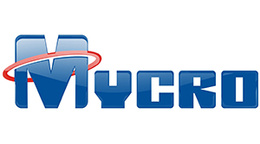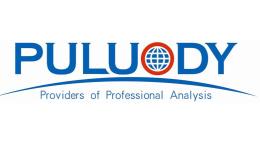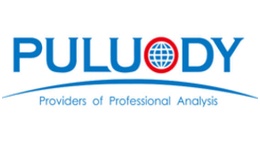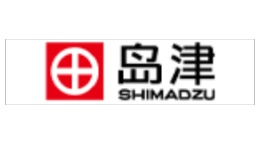方案详情文
智能文字提取功能测试中
Film Metrology SpecialistsFor further information please contact us at info@thetametrisis.com or sales@thetametrisis.comThetaMetrisis S.A. C 2009, www.thetametrisis.com ThetaMetrisis APPLICATION NOTE #002 Biomolecular Layer Thickness Evaluation Using White Light Reflectance Spectroscopy (WLRS) Goal: The development of a fast & accurate methodology for the biomolecular layer(s) thicknessevaluation. Means8&Methods: WLRS isIS; introduced for the evaluation of the effectiveness of biomoleculesimmobilization onto solid surfaces as well as their subsequent reaction with counterpart biomolecules viameasuring the respective layers thickness. In particular, the adsorption of rabbit (RgG) and mouse gamma-globulins (MgG) as well as their reaction with the complementary antibodies were investigated. Themeasurements were performed by an FR-Basic equipped with a VIS-NIR spectrometer with 0.35 nm opticalresolution and a white light Halogen lamp. The substrate is Si wafer with a thermally grown SiO2 film with athickness of ~1000nm. Results: In fig. 1, the spectra of the various layers in the case of RgG-antiRlgG system are depicted where thespectral shifts due to the binding of the various biomolecular layers are shown. The average layers'thicknessesvalues based on these spectral shifts as calculated by the FR-Monitor are provided in fig. 2. Figure 1: Shifts in the reflectance spectrum after deposition of biomolecular layers on the substrate. Figure 2: Thicknesses of the biomolecular layers createdwith the RgG -antiRgG system. In fig. 3a the reflectance spectra of MgG before and after the reaction with non-complementary bindingmolecules (RgG) are presented. Fig 3b shows the respective thicknesses, where no thickness increase isobserved after the reaction with RgG as it was expected. This result verifies the method's accuracy for thinbiomolecular layers evaluation. Conclusions Thus WLRS methodology is a simple, non destructiveapproach for ultra-thin biomolecular layersthickness estimation. These features make theproposed methodology appropriate as a fast tool toevaluate new surface activation/biofunctionalizationprotocols. coated surface with non-complementary binding molecules(RgG), b) the respective layers thickness. Reference: M. Kitsara, P. Petrou, D. Kontziampasis, K. Misiakos, E. Makarona,l. Raptis, K. Beltsios, Microelectron. Eng. 87, p.802, 2010. 利用白光反射光谱(WLRS)评估生物分子层厚度 目的:开发一种快速、准确的生物分子层厚度评估方法。 测量的方法: 引入WLRS用于测量各层的厚度,评价生物分子固定在固体表面上的有效性及其与相应 生 物分子的后续反应。特别研究了兔(RgG)和小鼠γ-球蛋白(MgG)的吸附及其与 互补抗体的反应。通过配备有0.35nm光学分辨率的VIS-NIR光谱仪和白光卤素灯的FR- Basic进行测量。基板是厚度约为1000nm的热生长SiO2薄膜的硅晶片。 描述了在RGG–Antigg系统中不同层的光谱,其中显示了由于不同生物分子层的结合而引起的光谱 移动。由Fr监视器计算的基于这些光谱位移的平均层厚度值 显示了与非互补结合分子(RgG)反应之前和之后MgG的反射光谱。 图3b显示了各自的厚度,其中 在与RgG反应后没有如预期的那样观察到厚度增加。 该结果验证了该方法对薄生物分子层评估的 准确性。结论: 因此,WLRS方法是一种简单、无损的超薄生物分子层厚度估计方法。这些特点使得所提出的方法适合作为评估新的表面活化/生物功能化方案的快速工具。FR的工具基于白光反射光谱(Reports) 。准确同步的厚度测量及薄膜的折射率-一个广泛的多样化的应用范围广泛的光电特性的工具和整体解决方案,如:半导体、有机电子、聚合物、涂料和涂料、光伏、生物传感、化学传感...
关闭-
1/1

产品配置单
迈可诺技术有限公司为您提供《生物分子层中厚度检测方案(白光干涉测厚)》,该方案主要用于其他中厚度检测,参考标准《暂无》,《生物分子层中厚度检测方案(白光干涉测厚)》用到的仪器有扫描型光学膜厚仪 FR-Scanner、进口纳米狭缝涂布机、美国Laurell匀胶机WS-650-23NPPB。
我要纠错
推荐专场
匀胶机
更多相关方案


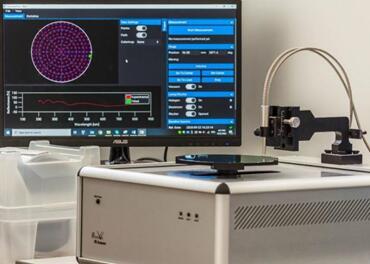
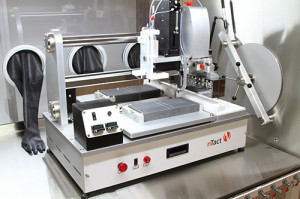
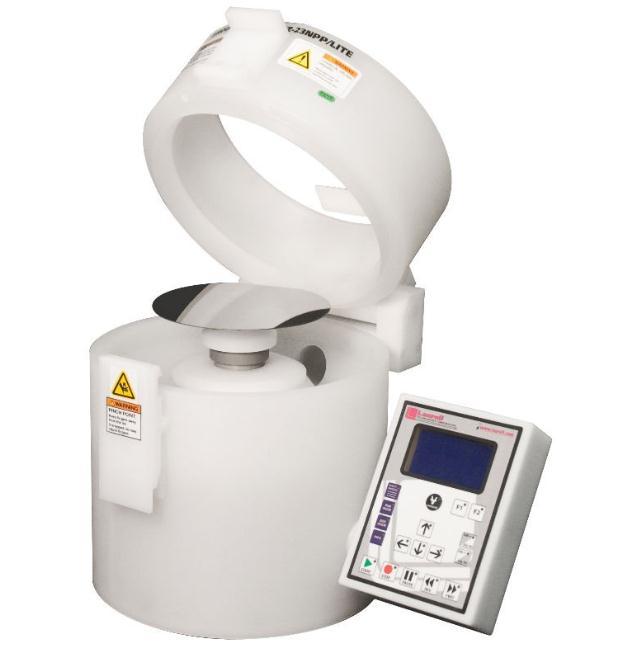
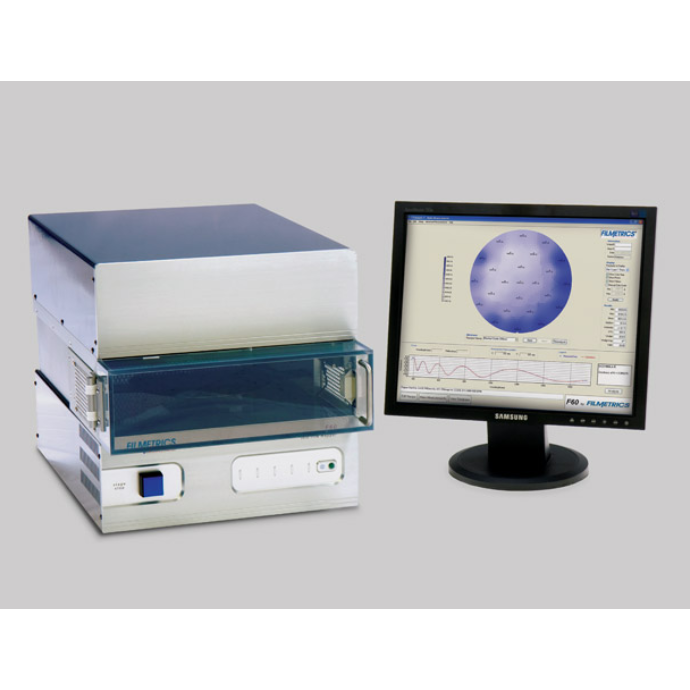
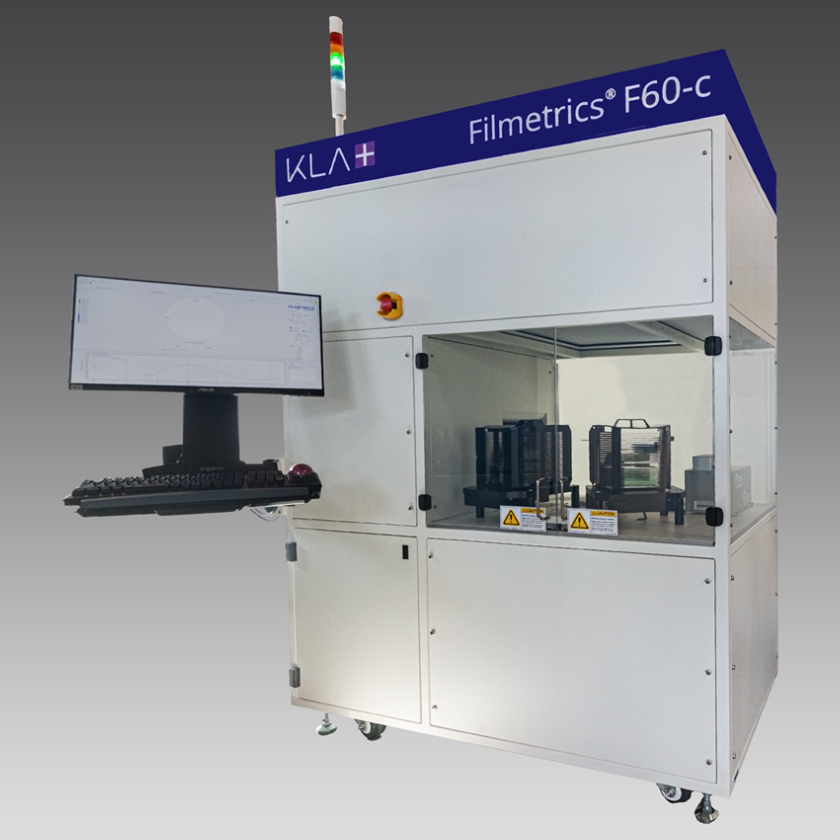
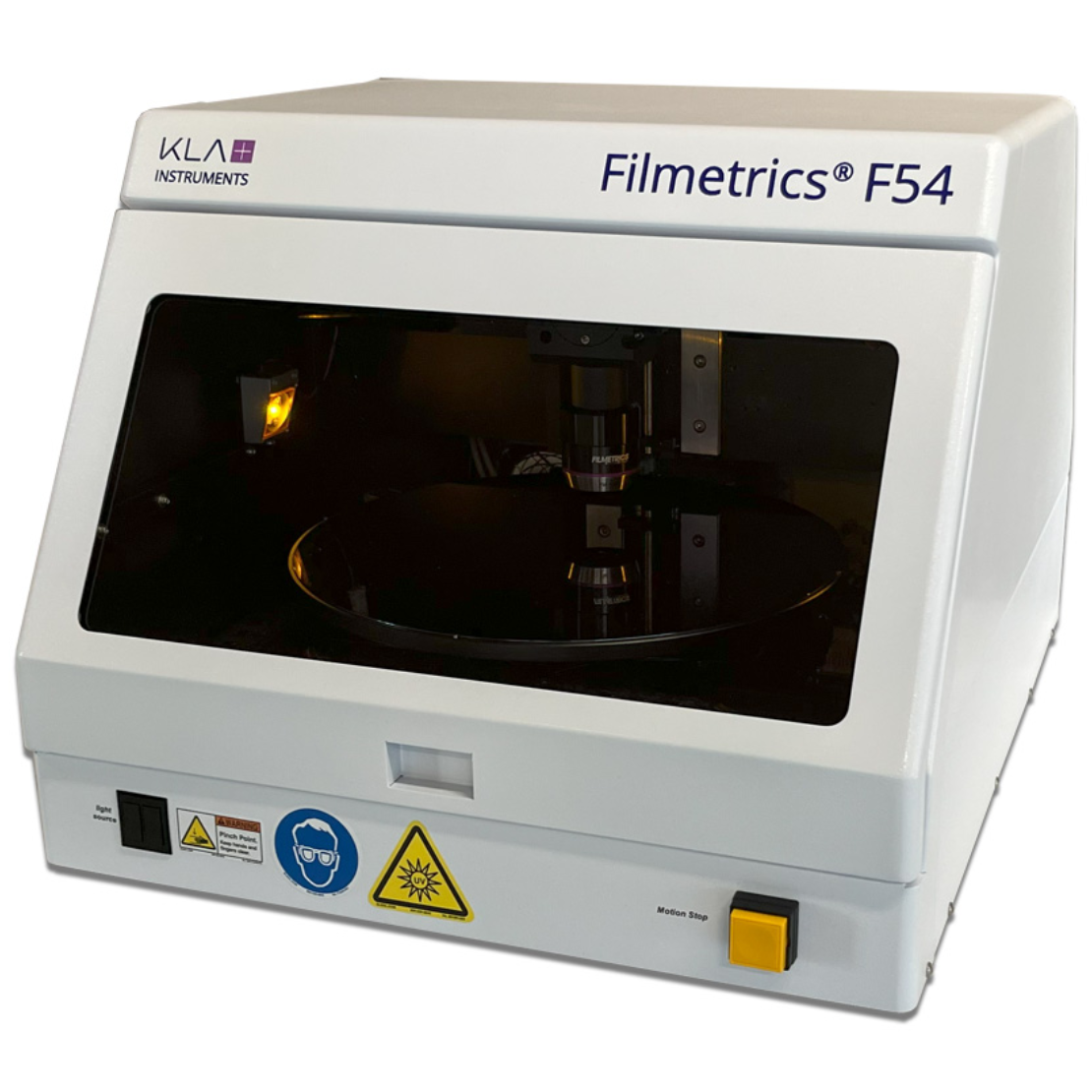
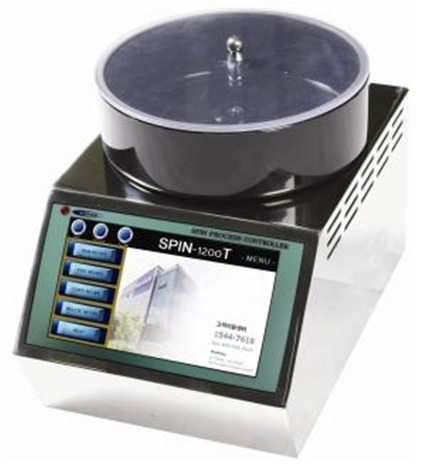
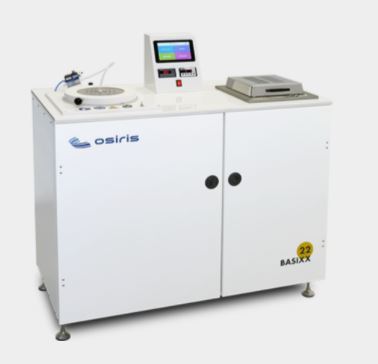
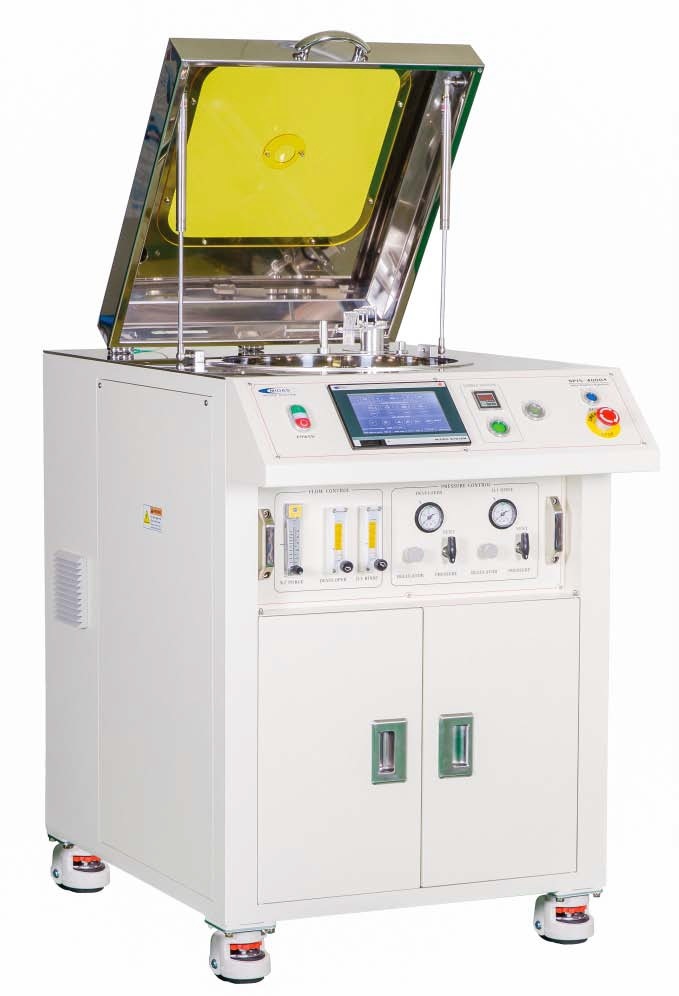
 咨询
咨询